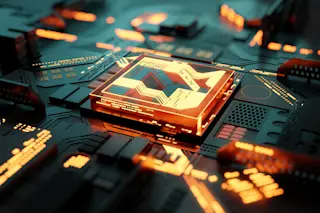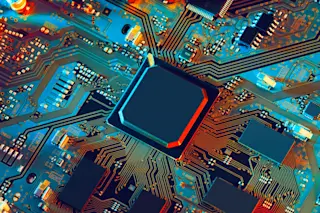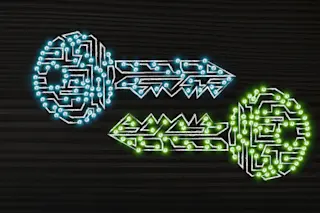When the German computer pioneer Konrad Zuse built the world’s first programmable computer in war time Berlin, it performed floating point arithmetic at a clock speed of between 5 and 10 Hz. The machine was deemed unnecessary for the German war effort and never used for everyday calculations. In 1943, it was destroyed during an Allied air raid. Nevertheless, the Z3, as it was called, gave Zuse a strong claim to be the inventor of the modern computer.
After the war, the clock speed of computers increased exponentially, in line with Moore’s Law. Each increase brought new applications ranging from guidance systems to computer displays to high resolution graphics and more.
By 2005, computer chips were running a billion times faster than the Z3 in the region of 5GHz. But then progress stalled. Today, state-of-the-art chips still operate at around 5GHz, a limit bottleneck that has significantly restricted progress in ...














